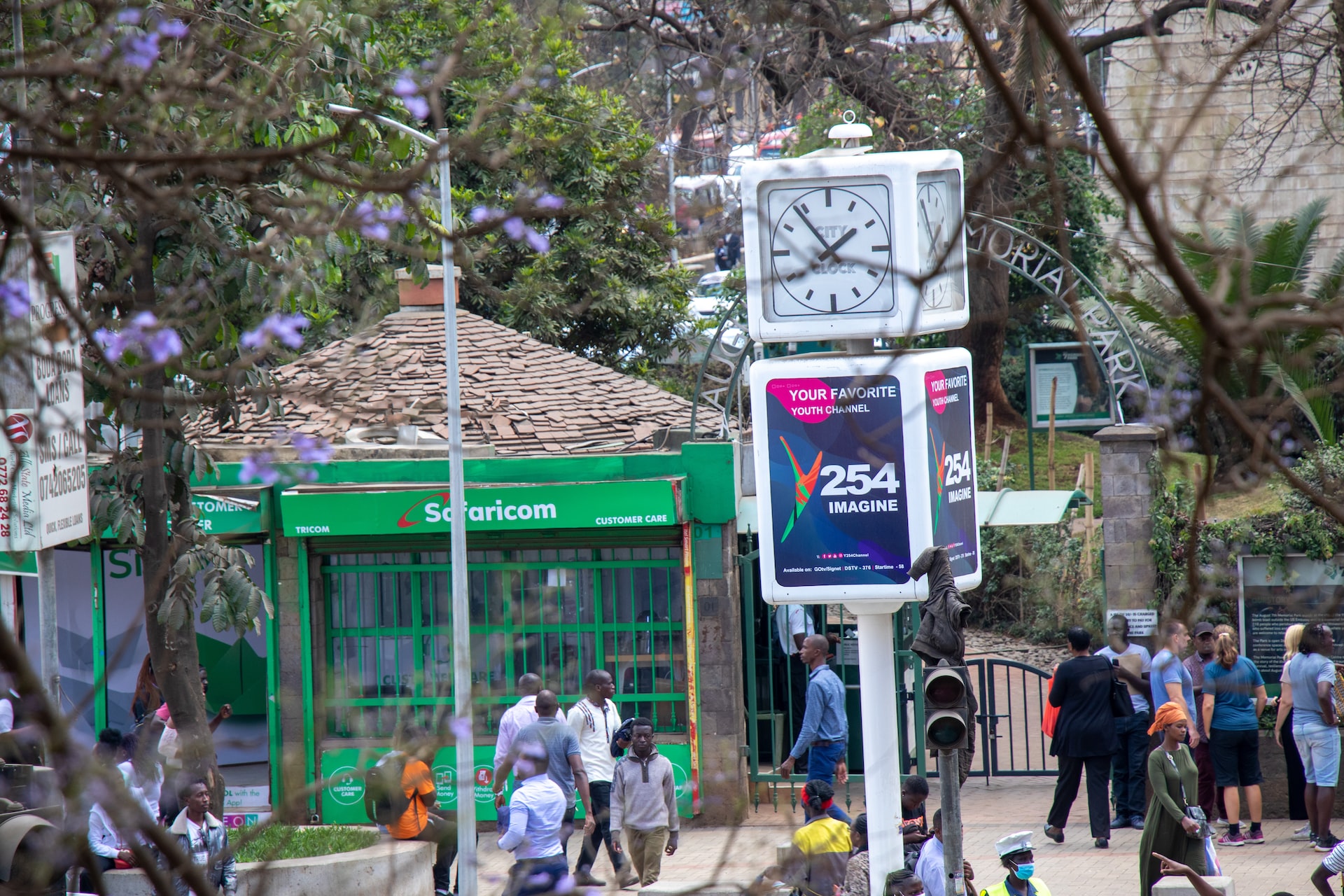The Central Bank of Kenya has announced the launch of a new programme to “improve the creditworthiness of mobile phone digital borrowers” who had failed to repay their loans.
The Credit Repair Programme will see commercial, microfinance and mortgage banks take a 50% haircut on all outstanding short-term (30-day) loans going backward from the end of October. The remaining 50% will then be paid in installments until May 2023.
The banking regulator says this will enable 4.2 digital borrowers to repair their credit standing and help lenders recover 30 billion Kenyan shillings (approximately $246 million) or the equivalent of less than 1% of gross banking sector loans. Last week, Kenya’s central bank asked credit reference bureaus to add a note stating that credit reports are not to be used as the sole basis for denying loan applications.
Kenya’s new president, William Ruto has made easier access to credit a key priority of his administration. At his swearing-in ceremony, he slammed the process used by lenders to determine whether they could give out a loan as “arbitrary and punitive”, saying it had blocked many borrowers from credit access.
“Our starting point is to shift the CRB framework from its current practice of arbitrary, punitive, all-or-nothing blacklisting of borrowers that denies borrowers credit,” Ruto said.
Two weeks after his swearing-in ceremony, Kenya’s leading telco Safaricom, and its partner banks announced cuts on daily charges for loans below Sh1000 ($8.29) from Fuliza, a short-term digital loan product. The move was widely interpreted as a softening of the ground ahead of a planned presidential review of Kenya’s credit scoring system. More than 18% of Kenyans get short-term loans through Fuliza.
In 2010, Kenya launched a Credit Information Sharing (CIS) framework to allow lenders to share information about borrowing trends in the country.
The Central Bank of Kenya says this framework should have been used to share “positive information” on performing loans—loans that have been repaid in full. Instead, CRBs used the framework to share information on non-performing loans—loans that haven’t been repaid leading to the blacklisting of defaulters.
In 2020, the CIS was updated with specific terms to prevent Kenyans from getting blacklisted. For example, the minimum for what could be considered a non-performing loan was set at Ksh 1,000 ($8). Despite this specification, small-loans defaulters continued to be placed on credit blacklists. In September, Metropol, a credit management company reported that six million Kenyans had been blacklisted after checks at credit reference bureaus (CRB) showed they were behind in loan repayment.
But not everyone favours president Ruto’s moves to unshackle borrowers. The moves to delist defaulters have not gone down well with some in the banking sector. Kenyan media have noted that bankers are worried that such mass delisting could lead to high loan defaults, forcing banks to be extra cautious to lend—the opposite of what the president wants.
Last week’s announcement by the Central Bank asking CRBs to specify that credit scores were not to be solely used to make loan decisions borrowed the president’s language, noting that the public saw the credit sharing system as “punitive”.
The rule tweak by the central bank is being received as hot air in some quarters. Since banks do not only rely on information from CRBs and have internal credit controls, the rule does little to change the status quo.
The biggest impact of this rule change will likely be on unregulated digital lenders who may not have sufficient internal data to guide loan approvals. The central bank has sought to rein these in and is presently reviewing licensing applications for 288 digital lenders—only 10 have been approved so far.











